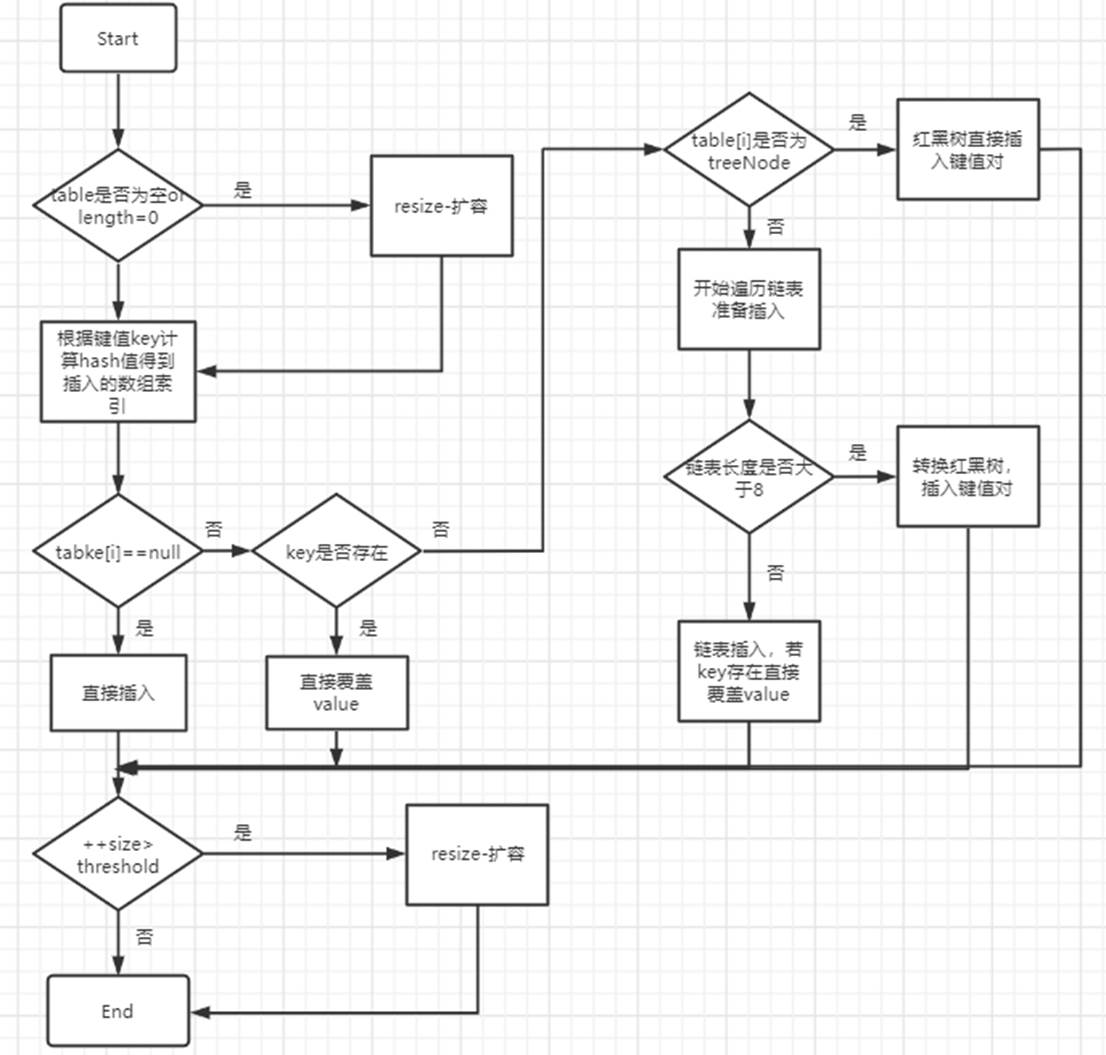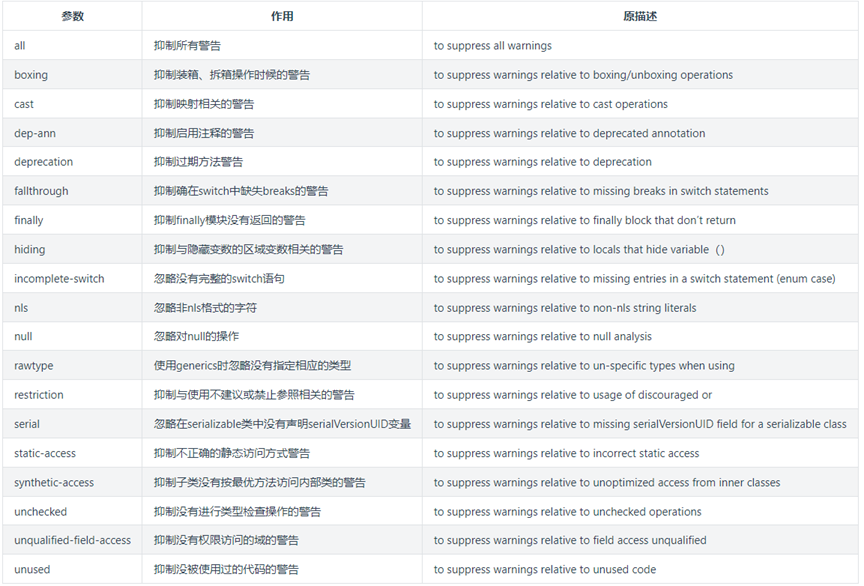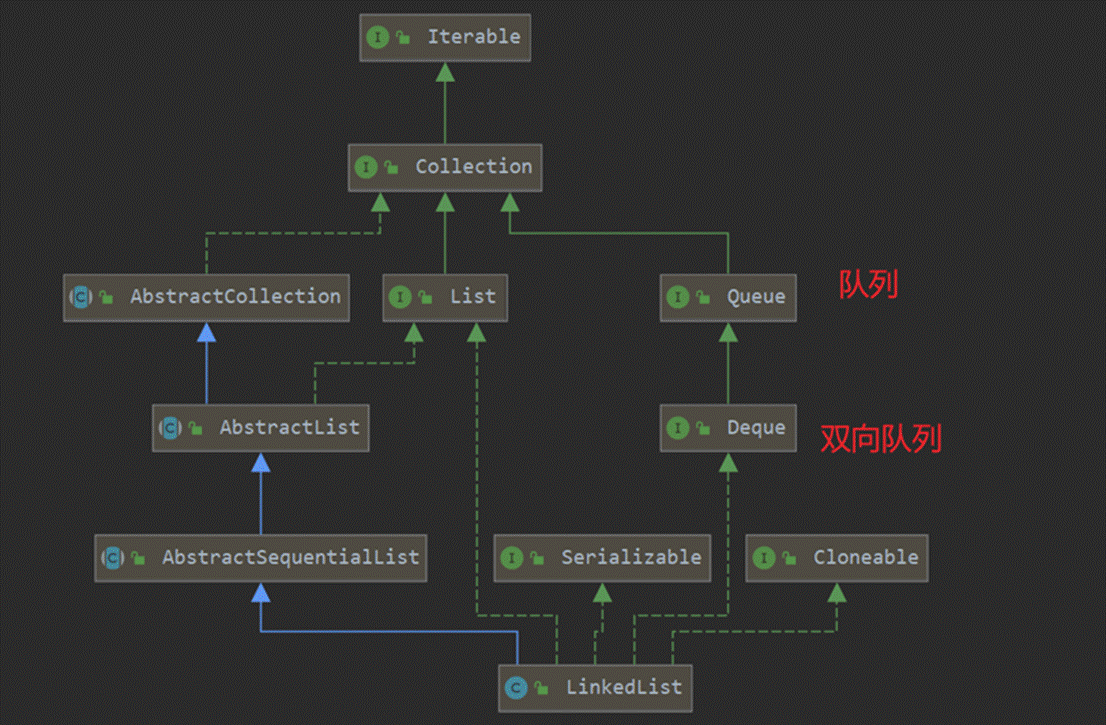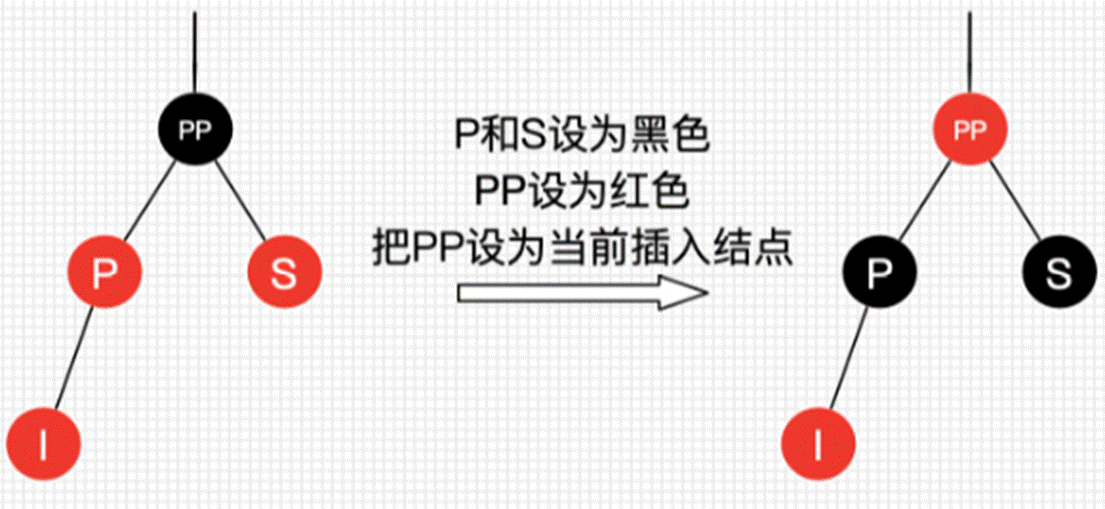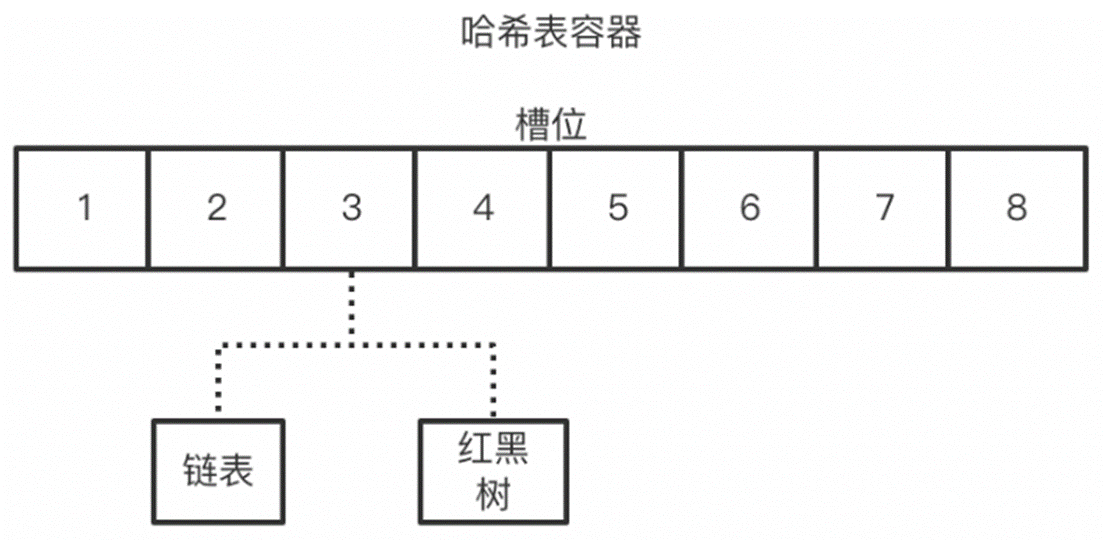这篇文章主要介绍了Spring MVC 基于URL的映射规则(注解版) ,详细的介绍了几种方式,有兴趣的可以了解一下
好几天没有跟进Spring MVC的学习了,之前看了点源码都忘的差不多了。这次就跟着之前的问题,继续总结下Spring MVC中的小知识。
url-pattern
如果看过前一篇入门的帖子,应该了解到spring mvc在启动前必须要在web.xml中配置servlet,这样才能拦截到想要映射的URL地址。
SpringMVCorg.springframework.web.servlet.dispatcherServlet1SpringMVC*.html
其中servlet配置了servlet的实现类,而servlet-mapping则定义了spring mvc起作用的url模式,常见的配置有三种:
/ 这个斜杠,表示拦截所有的url,如/test,/test.html
/* 这个模式包含/,可以多拦截以*.jsp结尾的url
*.xxx 这个拦截固定结尾的url,常见的如*.do,*.json等等
RequestMapping()
基于注解风格的Spring MVC就是通过这个方法来定义映射的url的,常使用的方式如下:
基于普通的url
这种是最简单的url映射,可以接收到localhost:8080/contextName/hello这样的请求
@RequestMapping("/hello") public @ResponseBody String test() { return "hello!"; }
基于多个普通的url路径
RequestMapping可以同时指定多个url,映射到同一个应答逻辑中:
//普通的url路径映射 @RequestMapping(value={"/multi1","/multi2","/test/multi"}) public @ResponseBody String multiUrl() { return "test multi url"; }
基于路径变量的URL映射
这种URL映射可以直接在路径上指定变量,通过@PathVariable可以获得对象。
//基本的URL模板映射 @RequestMapping(value="/user1/{name}") public @ResponseBody String basicUrl1(@PathVariable String name){ return "hello"+name; } @RequestMapping(value="/user2/{name}/test") public @ResponseBody String basicUrl2(@PathVariable String name){ return "hello"+name+"test"; } @RequestMapping(value="/user1/{name}/test/{age}") public @ResponseBody String basicUrl3(@PathVariable String name,@PathVariable int age){ return "hello"+name+" age"+age; }
基于通配风格的url映射
第一种:@RequestMapping(value="/ant1?") public @ResponseBody String ant1(){ return "ant1?"; }支持下面风格: localhost:8080/context/ant12 或者localhost:8080/context/ant1a第二种:@RequestMapping(value="/ant2*") public @ResponseBody String ant2(){ return "ant2*"; }支持下面风格:localhost:8080/context/ant2aaaa 或者localhost:8080/context/ant2第三种:@RequestMapping(value="/ant3/*") public @ResponseBody String ant3(){ return "ant3/*"; }支持下面风格:localhost:8080/context/ant3/aaaa 或者localhost:8080/context/ant3/123第四种:@RequestMapping(value="/ant4/**") public @ResponseBody String ant4(){ return "ant4/**"; }支持下面风格 localhost:8080/context/ant4/ 或者localhost:8080/context/ant4/aaa 或者localhost:8080/context/ant4/aaa/123混用统配和路径变量//混用 @RequestMapping(value="/ant5/**/{name}") public @ResponseBody String ant5(@PathVariable String name){ return "ant+url "+name; }它能匹配localhost:8080/context/ant5/123 或者localhost:8080/context/ant5/aaa/123 或者localhost:8080/context/ant5/aaa/123/test最后一个会被当做name值基于正则的url映射这个比较有意思,它支持{名称:正则表达式}的写法,以另一种风格限制url的映射。//正则表达式 @RequestMapping(value="/student/{name:\w+}-{age:\d+}") public @ResponseBody String regUrl(@PathVariable String name,@PathVariable int age){ return "name:"+name+" age:"+age; }例如上面的URL就只能匹配如:localhost:8080/context/student/wangwu-33 或者localhost:8080/context/student/zhao4-22
